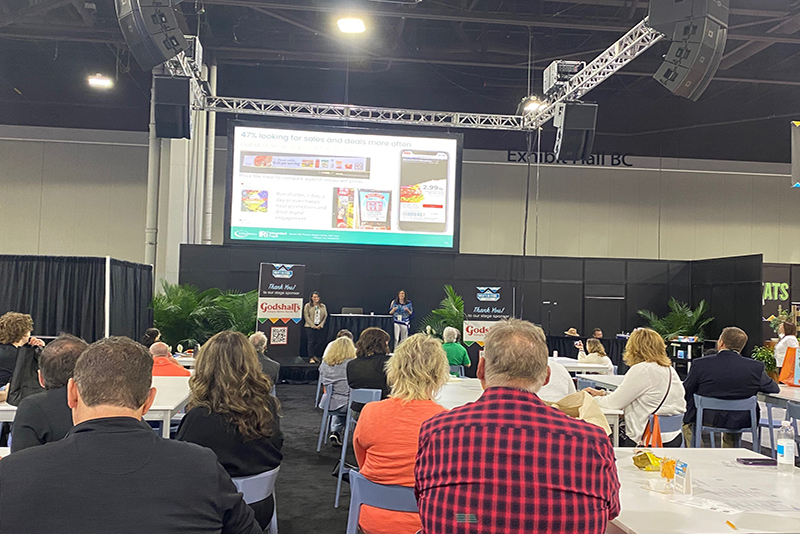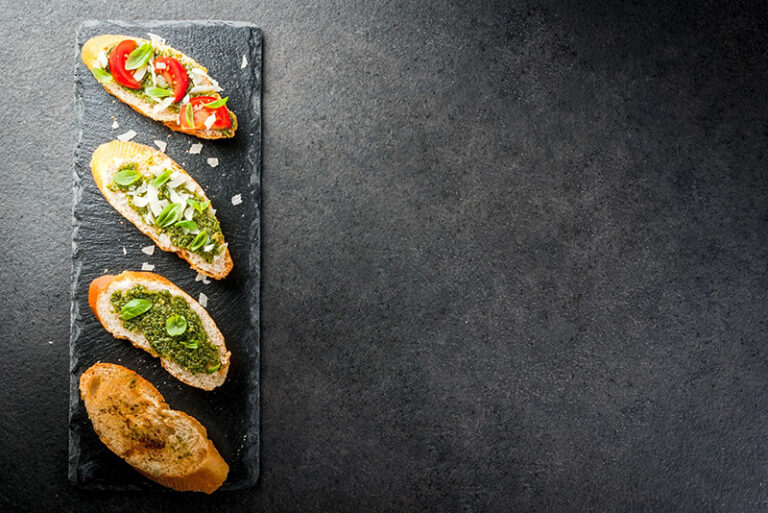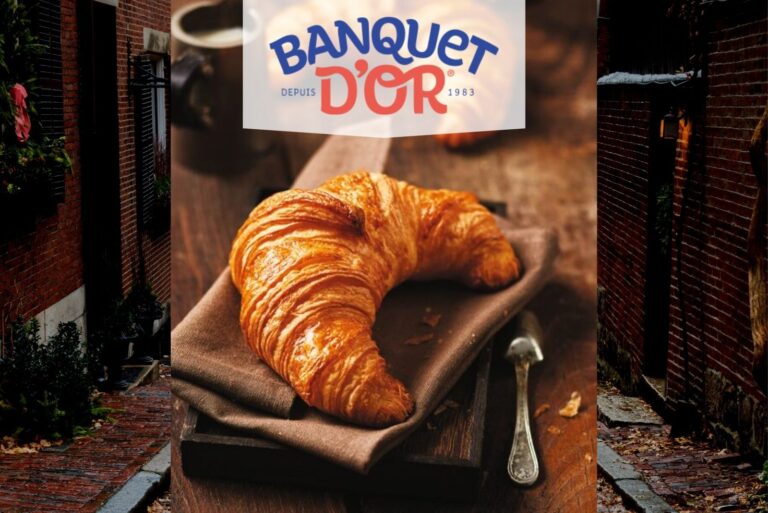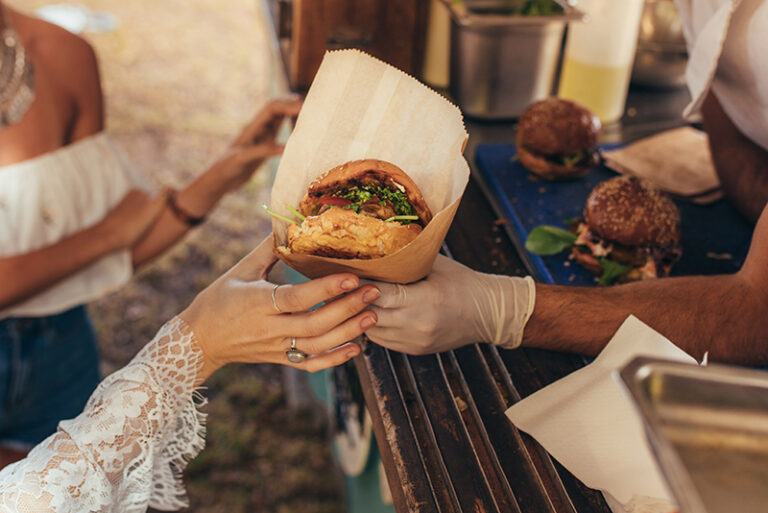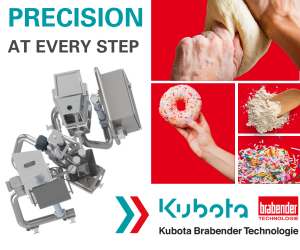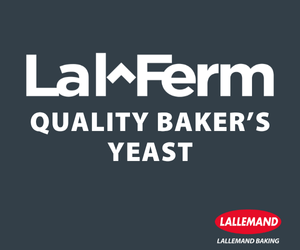ATLANTA — As challenges abound for the rapidly changing baking industry, there are clear pathways for growth. Despite inflation, supply chain disruption and a labor crisis, consumers are steadfast in their demand, especially for bakery.
“While we’re dealing with record inflation, we also have consumers who are tired of shopping but also not always able to afford to eat out,” said Anne-Marie Roerink, president of 210 Analytics.
Roerink co-presented with Jonna Parker, senior VP for IRI Fresh, to outline bakery trends during the International Dairy-Deli-Bakery Association (IDDBA)’s IDDBA 2022 conference, held June 5-7.
In looking at the demand, Parker noted that sales for total food and beverage, which encompasses all fresh departments including dairy, deli and bakery, is up 7% over 2021, and that’s after skyrocketing grocery sales in 2020 and 2021. While that increase is more about price points — unit sales remain relatively flat from those same years — it tells quite a story on consumers’ willingness to spend despite rising prices.
What’s important to note is how they’re spending those dollars. IRI conducted a consumer survey in May, and while 93% of respondents reported noticing the change in food prices, more than three-quarters (78%) of them indicated they were changing — not stopping — their behavior.
That not only means shoppers are actively seeking out deals, but it also could indicate potential new opportunities for retailers and bakery producers.
“There’s a tremendous focus on this idea of price,” Roerink said. “That means a lot of people are trying to cut back on restaurant spending, but this is also a time when they’ve already been cooking a lot of home and are simply tired of it. So, anything you can do to help consumers bring that restaurant quality and experience into their home is going to create a good opportunity.”
In the pocket between foodservice reopening and prices rising, people rekindled a relationship with in-home dining experiences. And dining at home also expands into entertaining, leading to people recreating high-end experiences for their family and friends.
“It’s not about getting a quarter sheet cake like back in the day,” Parker said. “And the part of foodservice that’s really missing from the daily repertoire is that element of high-end dining. People want to use new skills and recreate restaurant quality.”
While not everyone has that skill level, the concept of customizable meal kits is a great way to help consumers get there, especially with ready-to-cook or ready-to-eat meals that offer great taste and even a bit of indulgence.


